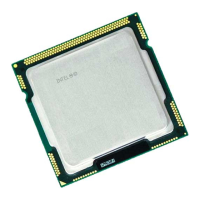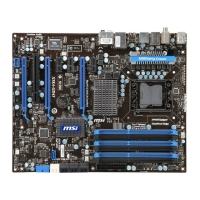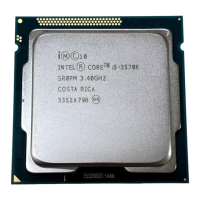i960 Processor Compiler User's Guide
3-60
3
If you specify S (Save-assembly), the compilation process terminates after
the compiler generates assembly code and writes the output to a file. If
you do not specify a filename with the
o (Output) option, the compiler
writes the assembly language output to
filename
.s, where
filename
is
the source filename without its extension. If you also specify the
M (Mix)
option, the assembly language output file also contains interleaved C
source lines.
If you specify
c (Create-object), the compilation process terminates after
the assembler generates an object file. If you do not specify the Output
option, the compiler writes the object file to
filename
.o, where
filename
is the source filename without its extension.
Examples
1. The following example puts the preprocessed source for proto.c in
the file
proto.i and the preprocessed source for proto1.c in the file
proto1.i:
ic960 -P proto.c proto1.c
2. The following example runs only the preprocessor phase, sending the
preprocessed source text to the screen:
ic960 -E proto.c
3. The following example runs a syntax check only on the file proto.c,
generating no output file:
ic960 -n proto.c
4. The following example puts the assembly language output from
proto.c into proto.s:
ic960 -S proto.c
5. The following example puts proto.s, the assembly language file for
proto.c, and t1.s, the assembly language file for t1.c, in the
current directory:
ic960 -S proto.c -t1.c

